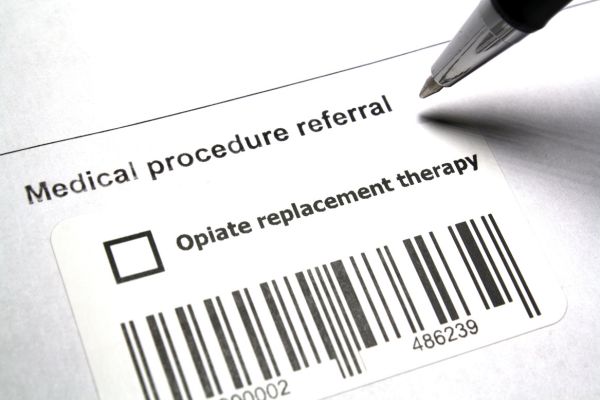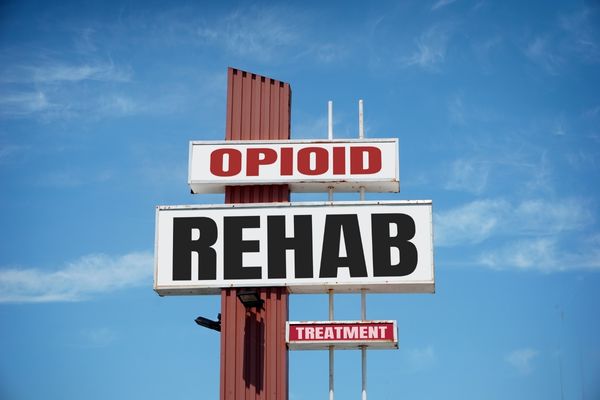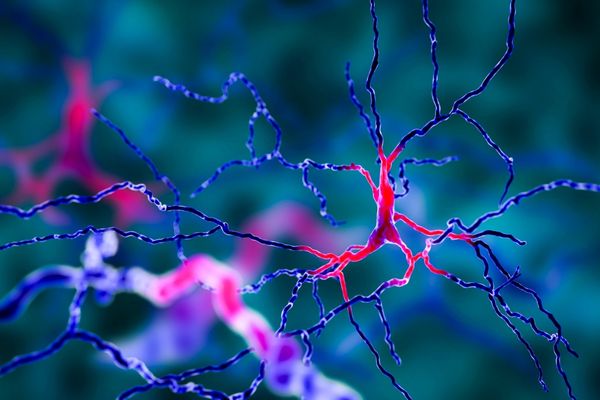Narcotics Anonymous (NA) is a global, community-based organization that offers a 12-step recovery program for individuals struggling with substance abuse. At the heart of NA’s philosophy lies the principle of “Just for Today” – a simple yet powerful approach that encourages members to focus on the present moment, rather than dwelling on the past or worrying about the future. This guiding principle, also referred to as JFT for short, serves as a beacon of hope, empowering individuals to take their recovery one day at a time and find the strength and resilience to overcome the challenges of addiction.
What is Narcotics Anonymous’ Just For Today?
Just For Today is a daily meditation book first introduced to Narcotics Anonymous in 1992. It includes a short reading passage accompanied by a brief actionable item (“Just For Today I…” for each day of the year. Since its creation, JFT has become a cornerstone resource that serves as a guiding light for individuals in NA offering a wealth of wisdom, inspiration, and practical guidance.
The philosophy behind the reading emphasizes the importance of self-care, personal growth, and connection with others. Through the daily meditations and the guidance of the NA community, you will learn to prioritize your physical, emotional, and spiritual well-being, cultivate healthy coping mechanisms, and forge meaningful relationships with individuals who are also on the path to recovery.
Where to find it
The book is available in different formats by different publishers, many of which can be ordered online. However, you can also find the entirety of Just For Today in PDF form, which can be accessed or downloaded for free.
How to incorporate Just For Today into your recovery
Each entry in the Just For Today daily meditation book is designed to provide a moment of reflection, a source of encouragement, and a reminder of the principles that underpin the NA program.
The book covers a wide range of topics that are essential to the recovery process from exploring the importance of self-care and mindfulness to delving into the significance of community and personal growth. The concise format makes it an accessible tool that can be used in a variety of settings from personal reflection to group discussions and meetings.
Here are a few tips for getting the most out of this resource:
- Begin your day with a reading
A helpful way to think about the “Just for Today” philosophy in Narcotics Anonymous is like a daily mantra. Each passage has a different focus, giving you something specific to reflect on and actively work towards. Starting your day this way sets a positive tone and provides maximum time to put the day’s reading into practice. You don’t have to match the current date with the date of the reading, but it’s the easiest way to keep yourself organized and remember your place.
- Stay mindful of the message throughout the day.
Continue to refer back to the day’s meditation (perhaps reread it too) to reaffirm your day’s intention and make sure that your thoughts and actions are in alignment. To do this, you might want to set reminders on your phone to pause and reflect, keep a gratitude journal to document the small blessings throughout your day, or actively resend yourself through exercise and meditation.
One key reason why JFT is so effective and widely loved is that it breaks down the recovery process into manageable, day-to-day steps. By training yourself to stay cognizant of your daily intention, it’s easier to build momentum to achieve small victories, and gradually reclaim your sense of control and agency.
- Reflect on the day
At the core of the Just For Today concept is the idea of taking things one day at a time. This simple yet powerful approach encourages you to focus on the immediate tasks and challenges at hand, rather than becoming overwhelmed by the past or anxious about the future. Put this into practice by taking a moment at the end of every day to think about how your actions and thoughts of the day aligned with the day’s reading.
There’s no right or wrong way to use the short passages from Just For Today readings. This booklet is used in Narcotics Anonymous chapters around the world, each incorporating it as best serves them. The same can be applied to reading JFT as an individual. Some people treat Just For Today as prayer while others consider it an act of daily meditation.
Just For Today can be a valuable tool in your journey towards sobriety and personal growth. To learn more about the JFT philosophy and how it can support your recovery journey, visit a Narcotics Anonymous group near you today.








